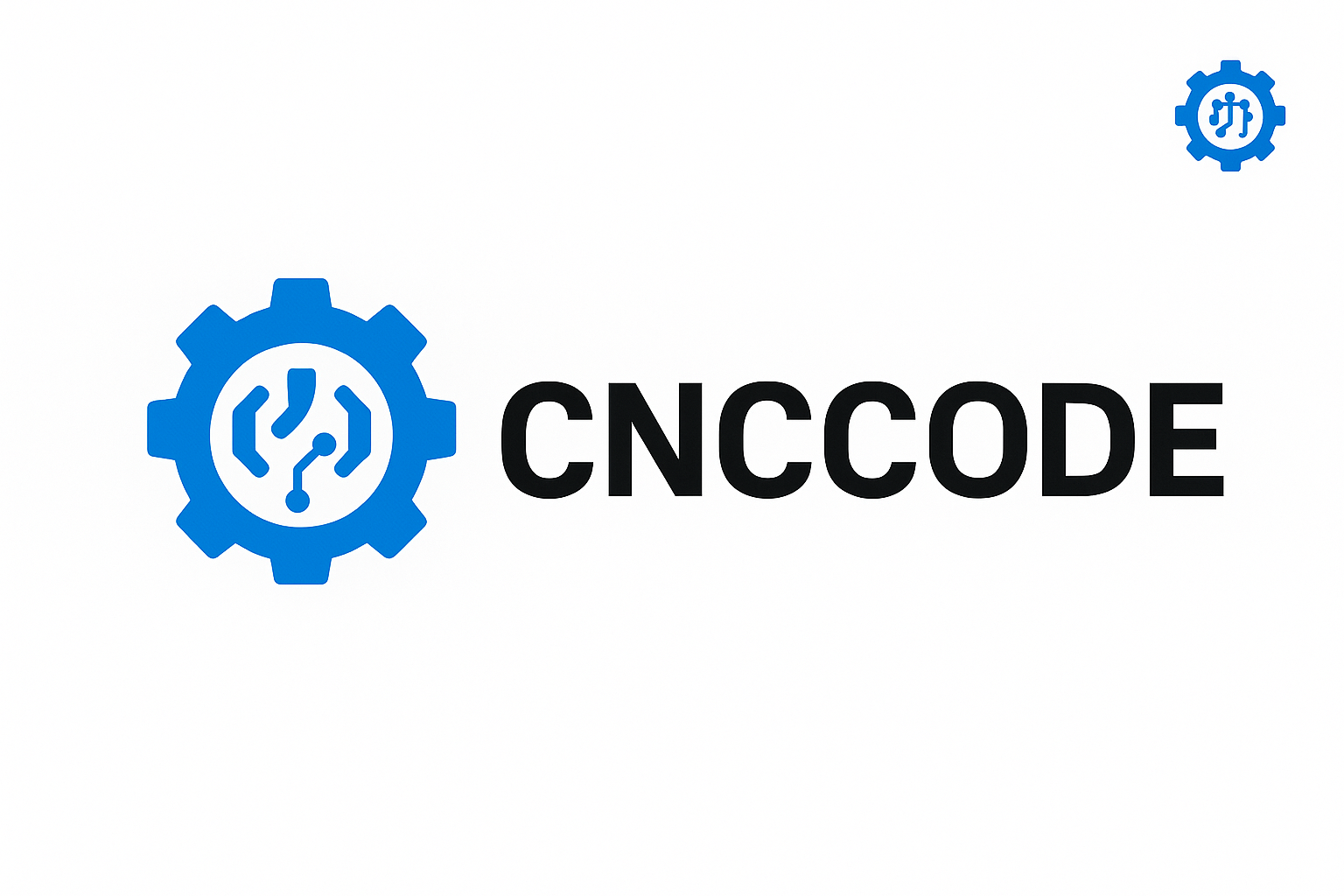Learn advanced G-code optimization techniques to maximize CNC machining efficiency, tool life, and surface quality. Discover industry secrets used by top-tier professionals.
Introduction: Why G-Code Mastery Matters
In the world of CNC machining, G-code is the DNA of every movement your machine makes. While many rely on CAM software to generate code automatically, true professionals know that manually optimizing G-code can lead to significant gains in efficiency, accuracy, and finish quality.
This comprehensive guide dives into powerful G-code optimization strategies that can reduce cycle times, increase tool life, and eliminate common errors — even in complex multi-axis jobs.
Section 1: Understanding the Structure of G-Code
At its core, G-code is a series of instructions that tell the CNC machine where to go, how fast, and what to do when it gets there.
Basic format:
G01 X100 Y50 Z-5 F150
- G01 – Linear interpolation
- X, Y, Z – Target position
- F – Feedrate
Learning how to manipulate these codes gives machinists precise control over machine behavior.
Section 2: Common G-Code Bottlenecks
Even auto-generated code can contain inefficiencies:
- Redundant moves: Repeated coordinates that waste time
- Excessive retracts: Unnecessary Z-axis lifts
- Feedrate mismatches: Wrong speeds for different materials
- Unoptimized entry/exit paths: Poor tool entry causes chatter or tool wear
Section 3: Techniques for G-Code Optimization
✅ Minimize Tool Lifts and Retracts
Use canned cycles and conditional programming to avoid unnecessary Z movements.
✅ Use Incremental Programming (G91) Wisely
Switching between absolute (G90) and incremental (G91) can reduce code lines and simplify logic.
✅ Optimize Feedrates
Feedrates should be:
- High enough for chip evacuation
- Low enough to prevent vibration
- Adjusted per material and operation (roughing vs. finishing)
✅ Reduce Rapid Movements
Avoid excessive G00 rapid moves—these can be dangerous and are usually not needed when paths are optimized.
✅ Implement Look-Ahead Functions
Advanced controllers support look-ahead (buffered execution), allowing for smoother arcs and curves without abrupt stops.
Section 4: Surface Finish Enhancements via G-Code
Fine-tuning G-code isn’t just about speed — it’s also about quality.
Tips:
- Add G64 P0.01 to prioritize precision over speed
- Break arcs into smaller linear segments for better surface control
- Manually adjust exit paths to avoid visible dwell marks
Section 5: Software Tools for G-Code Analysis
Use these tools to improve your G-code:
- NC Viewer – For quick simulation
- CAMotics – Open-source G-code visualization
- Predator Editor – Advanced verification with error detection
- Fusion 360 Post-Processor Editor – Modify post behavior
Section 6: Safety and Error Prevention
Manual optimization brings power—but also risk. Always:
- Simulate G-code before running
- Check tool paths visually
- Dry run programs in air
- Use soft limits on your machine
Section 7: Real-World Impact
One shop reduced their cycle time on a mold cavity by 22% just by optimizing retracts and removing redundant travel. Another increased tool life by 40% with better feedrate segmentation.
These aren’t small improvements — they represent thousands in savings per year.
Conclusion: Precision Programming Pays Off
While CAM software continues to improve, manual G-code optimization is still a critical skill for high-performance CNC machining. By taking control of the code, you ensure every movement is lean, purposeful, and efficient — and that means better results, faster production, and longer tool life.

Leave a comment